The global tile market is a fiercely competitive arena, with nations vying for dominance through innovation, production capacity, and market reach. Among the prominent players, Iran and China stand out as significant contenders, each bringing unique strengths and challenges to the table. This article delves deep into the rivalry between these two ceramic powerhouses, exploring their historical trajectories, current standings, competitive advantages, and the factors shaping their future in the international tile trade. By the end, you’ll have a comprehensive understanding of who currently holds the upper hand in this intricate dance of ceramics and what the future might hold.
A Historical Perspective: The Rise of Two Tile Titans
Understanding the present requires a look into the past. Both Iran and China boast rich histories in ceramic production, though their paths to global market prominence have differed significantly.
China’s Unprecedented Ascent
China’s journey to becoming the undisputed “world’s factory” for tiles is a story of rapid industrialization, massive investment, and an insatiable domestic and international demand. For centuries, Chinese ceramics were synonymous with artistry and craftsmanship, but the late 20th and early 21st centuries witnessed a seismic shift towards large-scale, cost-effective production.
The economic reforms of the 1980s and 1990s paved the way for an explosion in manufacturing capabilities. Chinese tile manufacturers benefited from readily available raw materials, a vast and low-cost labor force, and government policies that prioritized export-led growth. This led to the establishment of enormous production hubs, particularly in regions like Foshan in Guangdong province, which became a global epicenter for tile manufacturing.
Key to China’s success was its ability to quickly adopt and scale new technologies. From advanced kilns to sophisticated digital printing, Chinese companies rapidly caught up with and often surpassed their Western counterparts in terms of production efficiency and technological integration. Their focus on mass production of diverse tile types – from porcelain tiles and ceramic tiles to glazed tiles and wall tiles – allowed them to cater to a wide range of global price points and aesthetic preferences.
Furthermore, China’s robust domestic construction boom provided a massive testing ground and consumption base, allowing manufacturers to refine their products and processes before aggressively targeting international markets. The sheer volume of Chinese tile exports quickly established their presence in every corner of the globe.
Iran’s Enduring Legacy and Recent Growth
Iran, too, possesses a deep-rooted history in ceramics, dating back millennia. Persian pottery and tiling are celebrated for their intricate designs, vibrant colors, and architectural grandeur, evident in historic mosques and palaces. However, unlike China’s industrial revolution in ceramics, Iran’s modern tile industry faced a more fragmented and politically influenced trajectory.
The post-revolution era saw a focus on self-sufficiency and domestic production. While this initially limited the industry’s global outreach, it fostered a strong internal market and encouraged the development of local expertise. Iranian tile manufacturers have historically prided themselves on the quality of their raw materials, particularly feldspar, kaolin, and silica, which are abundant within the country. This natural advantage contributes to the durability and aesthetic appeal of Iranian tiles.
In recent decades, despite sanctions and economic challenges, the Iranian tile industry has shown remarkable resilience and growth. Investments in modern machinery, adoption of European technologies, and a renewed focus on export markets have propelled Iranian companies onto the international stage. They often specialize in high-quality ceramic tiles, glazed porcelain, and decorative tiles, aiming for segments that value craftsmanship and material integrity.
The growth of the Iranian tile market has also been spurred by significant domestic construction activity and a strategic pivot towards neighboring countries and regions where Iranian products are well-regarded for their quality and competitive pricing. The challenge for Iran has often been navigating international trade complexities and competing with the sheer volume and aggressive pricing strategies of Chinese producers.
Current Market Standing: A Head-to-Head Comparison
To assess who is currently leading, we must examine several critical metrics, including production volume, export figures, market share, and product diversification.
China: The Unrivaled Production Behemoth
There’s no denying China’s colossal footprint in the global tile market. It remains the world’s largest producer and exporter of ceramic tiles by a significant margin.
- Production Volume: China’s annual tile production dwarfs that of any other nation. While exact figures fluctuate, estimates consistently place China’s output in the billions of square meters, accounting for well over half of global production. This immense capacity is a direct result of thousands of factories, highly automated production lines, and economies of scale that are virtually unmatched.
- Export Dominance: Chinese tile exports reach nearly every country in the world. Their aggressive pricing, coupled with a vast product range that caters to all budget segments, has made them the go-to supplier for many global distributors and construction projects. From affordable ceramic floor tiles to more sophisticated large format porcelain slabs, Chinese manufacturers offer a comprehensive portfolio.
- Market Share: China commands a dominant share of the global tile market. While specific percentages can vary by region and product type, their overall market share is substantial, particularly in developing economies and markets focused on cost-effectiveness.
- Technological Advancement and Innovation: While initially known for mass production, Chinese manufacturers have increasingly invested in research and development. They are at the forefront of trends like digital printing technology, eco-friendly tile production, and the development of new tile materials and applications. This allows them to quickly adapt to changing consumer preferences and maintain their competitive edge.
Iran: A Growing Force with Niche Strengths
While Iran cannot compete with China in terms of sheer volume, its presence in the global tile market is growing and strategically significant.
- Production Growth: The Iranian tile industry has witnessed impressive growth in recent years, with production steadily increasing to meet both domestic demand and rising export opportunities. While figures are modest compared to China, Iran is a major player in its regional markets.
- Export Expansion: Iranian tile exports have diversified beyond traditional neighboring markets. They are increasingly finding traction in parts of Europe, Africa, and Central Asia, where their quality and designs are appreciated. The focus is often on mid-to-high quality segments, particularly in glazed tiles and porcelain tiles.
- Quality Reputation: Iranian tiles have garnered a reputation for good quality and durability, often attributed to the superior raw materials available domestically and adherence to international production standards. This quality focus allows them to command better prices than some ultra-low-cost alternatives.
- Design and Aesthetics: While China offers a vast array of designs, Iranian tile manufacturers often incorporate unique Persian aesthetic elements, appealing to specific tastes and niche markets. They excel in producing tiles with intricate patterns, vibrant colors, and classic designs that reflect their rich cultural heritage. This can be a strong differentiator in a crowded market.
- Competitive Pricing for Quality: While not as cheap as the lowest-cost Chinese options, Iranian tiles offer a compelling value proposition by combining good quality with competitive pricing, especially when considering regional freight advantages for certain markets.
Competitive Advantages: What Gives Each Nation an Edge?
Both Iran and China leverage distinct advantages that contribute to their positions in the global tile market.
China’s Strengths: Scale, Cost, and Speed
- Unmatched Production Capacity and Economies of Scale: This is China’s most significant advantage. Their ability to produce tiles in colossal volumes drives down per-unit costs, making their products highly competitive on price globally. The sheer number of operational factories allows for rapid fulfillment of large orders.
- Cost-Effectiveness: Lower labor costs (though rising), efficient supply chains, and large-scale raw material procurement contribute to highly competitive pricing, making Chinese tiles attractive to a broad customer base, particularly in price-sensitive markets.
- Extensive and Integrated Supply Chain: China has developed a highly sophisticated and integrated supply chain for the tile industry, encompassing everything from raw material processing and machinery manufacturing to logistics and distribution networks. This efficiency reduces lead times and overall costs.
- Technological Prowess and Rapid Adoption: Chinese manufacturers are quick to adopt and even innovate new technologies, such as advanced digital printing, energy-efficient kilns, and automation. This enables them to produce a wide variety of designs, textures, and finishes efficiently and meet evolving market demands.
- Diverse Product Range: From basic ceramic wall tiles to high-end sintered stone slabs, China offers an unparalleled diversity of tile types, sizes, finishes, and qualities. This “one-stop-shop” approach appeals to global buyers.
- Strong Government Support and Export Incentives: Historically, the Chinese government has provided significant support to manufacturing and export industries, including the tile sector, through various policies, subsidies, and infrastructure development.
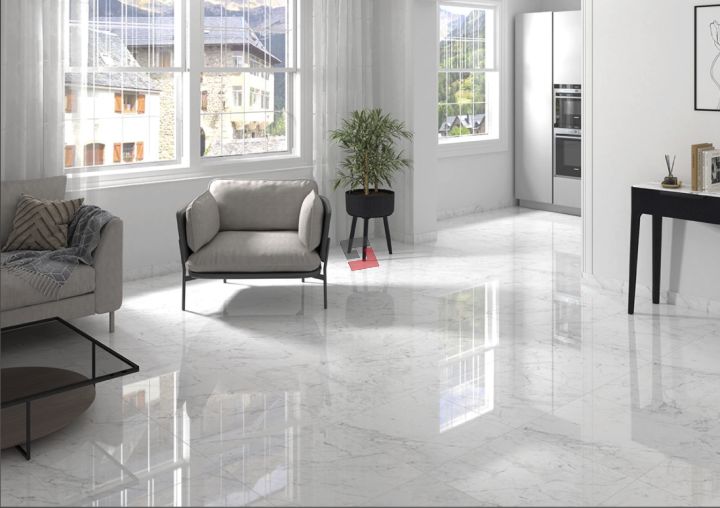
Iran’s Strengths: Quality, Raw Materials, and Niche Markets
- High-Quality Raw Materials: Iran is rich in the essential raw materials required for tile production, such as feldspar, kaolin, and silica. The quality and abundance of these domestic resources contribute directly to the superior strength, durability, and aesthetic appeal of Iranian ceramic tiles.
- Focus on Quality and Durability: Many Iranian tile manufacturers prioritize quality over sheer volume. They often adhere to international standards and produce tiles known for their robust construction, resistance to wear, and longevity. This appeals to customers seeking a durable and reliable product.
- Competitive Pricing (Regional Advantage): While not as low as the cheapest Chinese options, Iranian tiles offer excellent value for money, particularly in regional markets. Their proximity to the Middle East, Central Asia, and parts of Africa provides a significant freight advantage, making them more cost-effective in these regions than tiles shipped from East Asia.
- Unique Design and Aesthetic Appeal: Iranian tiles often incorporate traditional Persian motifs, vibrant colors, and intricate patterns that stand out in the market. This focus on aesthetic differentiation can attract buyers looking for something beyond generic designs, allowing Iranian tile brands to carve out niche markets.
- Skilled Workforce: Iran has a long tradition of craftsmanship, and its tile industry benefits from a skilled workforce with expertise in ceramic production processes, quality control, and artistic design.
- Growing Domestic Market and Regional Influence: A strong domestic construction sector provides a stable base for Iranian manufacturers. Furthermore, Iran’s cultural and economic ties with neighboring countries facilitate easier market entry and stronger brand recognition in those regions.
Challenges and Future Outlook
Both nations face distinct challenges that will shape their future competitiveness in the global tile market.
Challenges for China
- Rising Labor Costs: As China’s economy matures, labor costs are steadily increasing, eroding one of its traditional competitive advantages. This is pushing manufacturers towards greater automation but also potentially increasing production costs.
- Environmental Regulations: Growing environmental concerns and stricter regulations within China are forcing tile manufacturers to invest in cleaner production technologies and waste management, which can add to operational expenses.
- Trade Disputes and Tariffs: China’s tile exports have often been subject to anti-dumping duties and tariffs in various markets (e.g., Europe, US) due to concerns about unfair competition. These measures can significantly impact their export volumes and profitability.
- Brand Perception: While known for affordability, Chinese tiles sometimes face perceptions of lower quality, especially in premium segments, compared to European or even some Iranian products. Building strong international brands is a continuous effort.
- Intense Domestic Competition: The sheer number of tile manufacturers within China leads to fierce internal competition, often driving down profit margins and making it challenging for smaller players to survive.
Challenges for Iran
- International Sanctions and Banking Restrictions: This remains the most significant hurdle for the Iranian tile industry. Sanctions complicate international trade, banking transactions, and access to modern technology and spare parts, limiting their global reach and investment capabilities.
- Access to Advanced Technology: While Iran has made strides, consistent access to the latest tile manufacturing technologies, especially from Western suppliers, can be difficult due to political reasons, impacting their ability to compete at the highest technological level.
- Marketing and Branding on a Global Scale: Despite good quality, Iranian tile brands often lack the extensive global marketing networks and brand recognition of their international competitors. Building a strong global brand presence requires significant investment and strategic effort.
- Logistics and Shipping Costs: While advantageous in regional markets, shipping Iranian tiles to distant continents can be expensive and logistically challenging, especially compared to the well-established global shipping infrastructure utilized by China.
- Economic Volatility: Iran’s economy faces periods of volatility, which can impact domestic demand, investment in the industry, and the stability of export markets.
Who is Leading? The Verdict.
Based on current production volume, export dominance, and overall market share, China unquestionably leads the global tile market. Its sheer scale, cost-effectiveness, and extensive product range make it the primary supplier for the vast majority of international buyers. China’s ability to mass-produce and innovate at speed gives it an unparalleled competitive edge.
However, to simply declare China the sole leader would be to miss the nuances of the market. Iran is a significant and growing force, particularly in specific regional markets and quality segments. While Iran cannot compete on the same scale as China, it offers a compelling alternative for buyers prioritizing quality, unique designs, and competitive pricing within certain geographical bounds.
The competition is less about one completely dominating the other across all segments, and more about each nation carving out its niche and leveraging its unique advantages. China leads in mass-market tile production and affordability, catering to global demand for cost-efficient solutions. Iran, on the other hand, is increasingly a leader in providing high-quality ceramic and porcelain tiles with distinct aesthetic appeal and competitive regional pricing, attracting a clientele that values craftsmanship and material integrity.
Key Market Trends Shaping the Future
Several overarching trends will continue to influence the competitive landscape between Iran and China:
- Sustainability and Green Production: Growing global demand for eco-friendly tiles will push both nations to adopt more sustainable manufacturing processes, reduce waste, and utilize recycled materials. This could be an area where Iran, with its focus on natural resources, could potentially gain an advantage if it invests heavily in green certifications.
- Digitalization and E-commerce: The rise of online sales channels and digital design tools will necessitate a stronger online presence and more sophisticated digital marketing strategies for both Iranian and Chinese manufacturers.
- Automation and AI: To counter rising labor costs and improve efficiency, both countries will continue to invest heavily in automation, artificial intelligence, and robotic systems in their factories. This is particularly crucial for China to maintain its cost advantage.
- Premiumization and Niche Markets: As global incomes rise, there’s a growing demand for high-end, designer, and specialty tiles. Both countries will increasingly target these premium tile segments, though China will likely do so through volume and variety, while Iran may focus on unique craftsmanship and material quality.
- Geopolitical Factors: Trade relations, tariffs, and geopolitical stability will continue to play a significant role. Any changes in sanctions or trade policies could significantly impact Iran’s export capabilities. Similarly, shifts in global trade alliances could affect China’s market access.
- Customization and Personalization: Consumers are increasingly looking for customized solutions. Manufacturers in both countries will need to adapt their production lines to offer more personalized tile options, from custom designs to bespoke sizes.
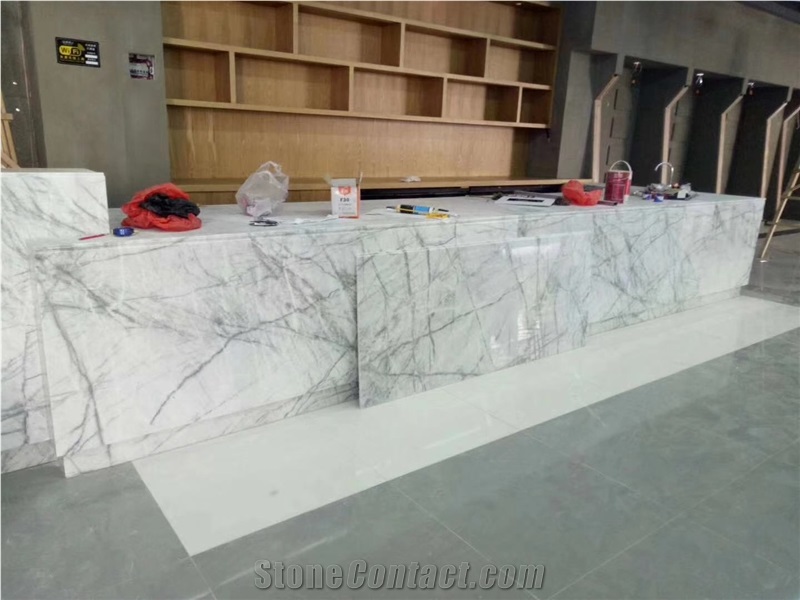
Conclusion
The global tile market is a dynamic ecosystem where innovation, cost-efficiency, and market responsiveness are paramount. While China undeniably holds the top position as the world’s leading tile producer and exporter, driven by its massive scale, cost advantages, and technological advancements, Iran is steadily consolidating its position as a significant regional player and an emerging force in higher-quality tile segments.
The competition between them is multifaceted. China excels in providing an unmatched volume of diverse and affordable ceramic and porcelain tiles to the global market. Iran distinguishes itself through the quality of its raw materials, its growing technological capabilities, and its ability to offer distinct designs at competitive prices within specific geographies.
Looking ahead, both nations face distinct opportunities and challenges. China must navigate rising costs and trade barriers while continuing to innovate and brand its products more effectively. Iran, on the other hand, needs to overcome geopolitical hurdles and invest further in global marketing and distribution networks to fully unlock its potential.
Ultimately, for consumers and distributors worldwide, the rivalry between Iran and China means a richer, more diverse, and more competitive global tile market. Whether you’re seeking cost-effective solutions for large-scale projects or high-quality, aesthetically unique tiles for specialized applications, both these ceramic titans offer compelling options, ensuring the “ceramic race” remains an exciting one to watch.
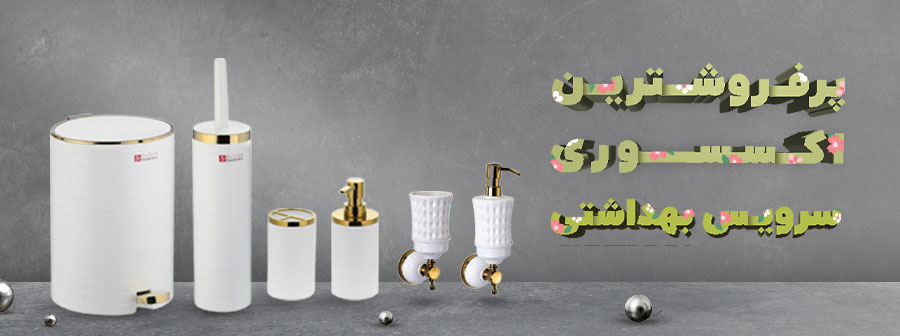
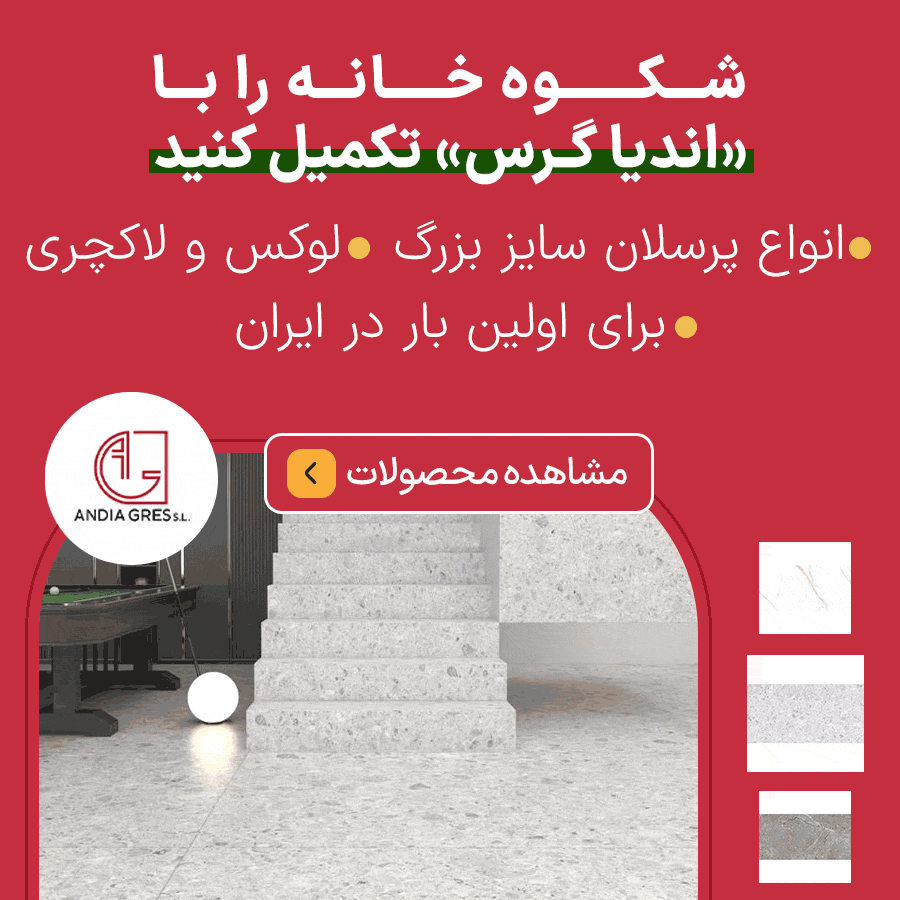
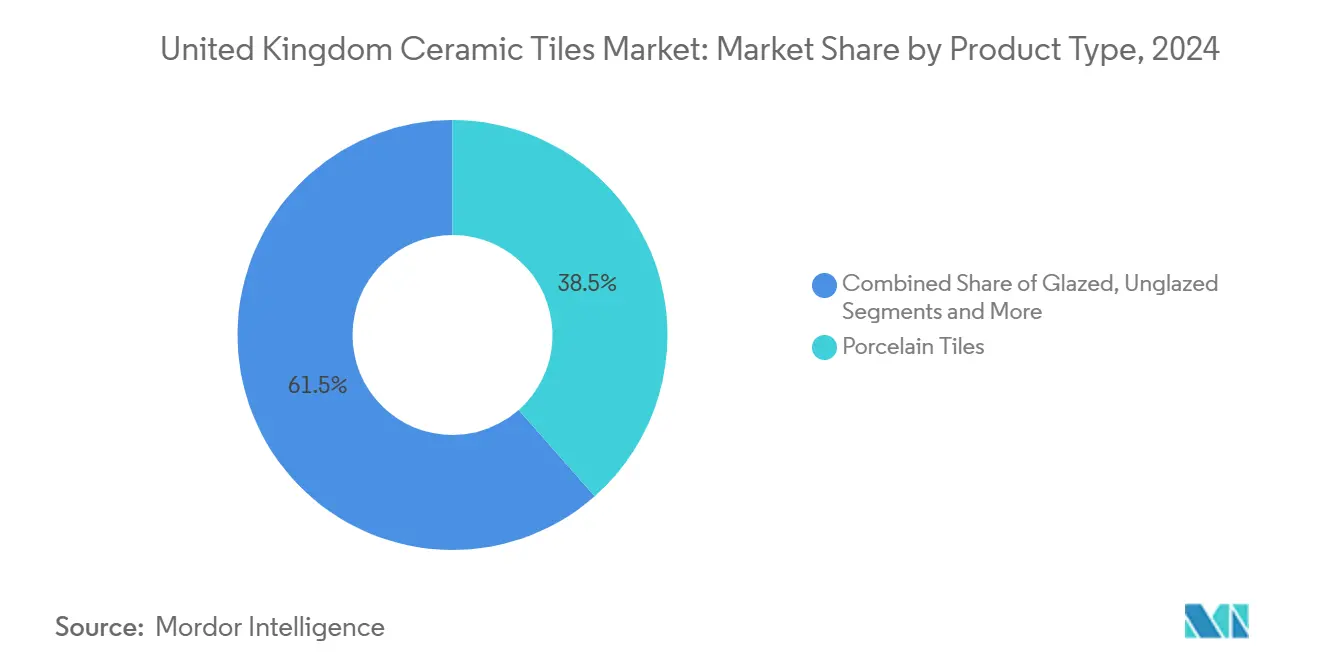

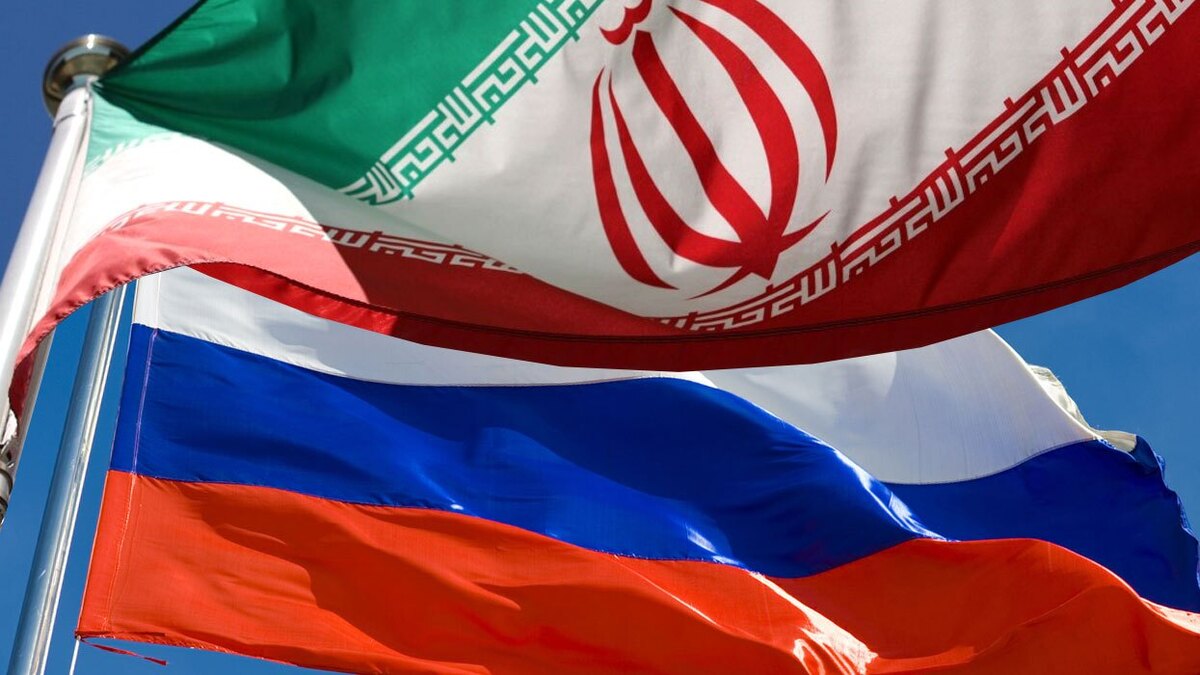


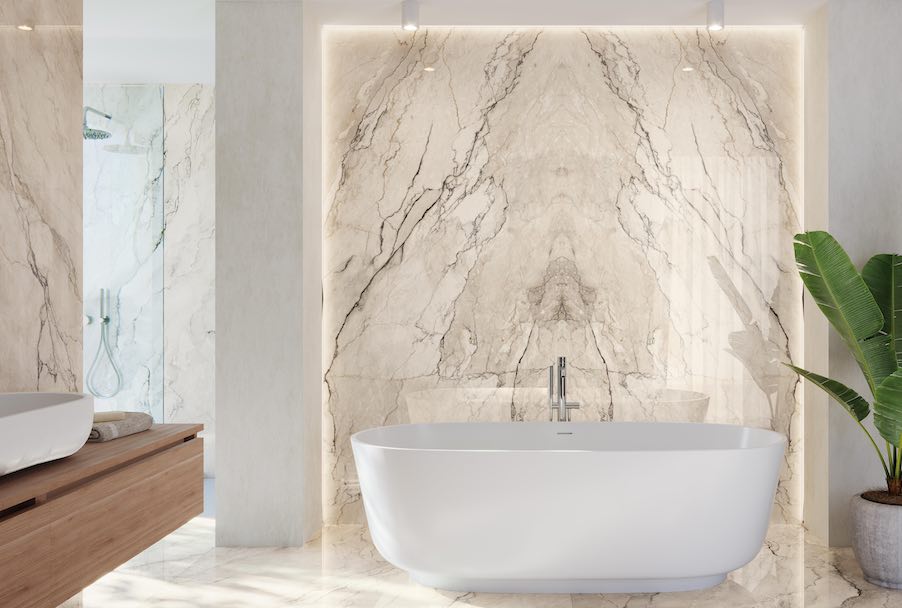

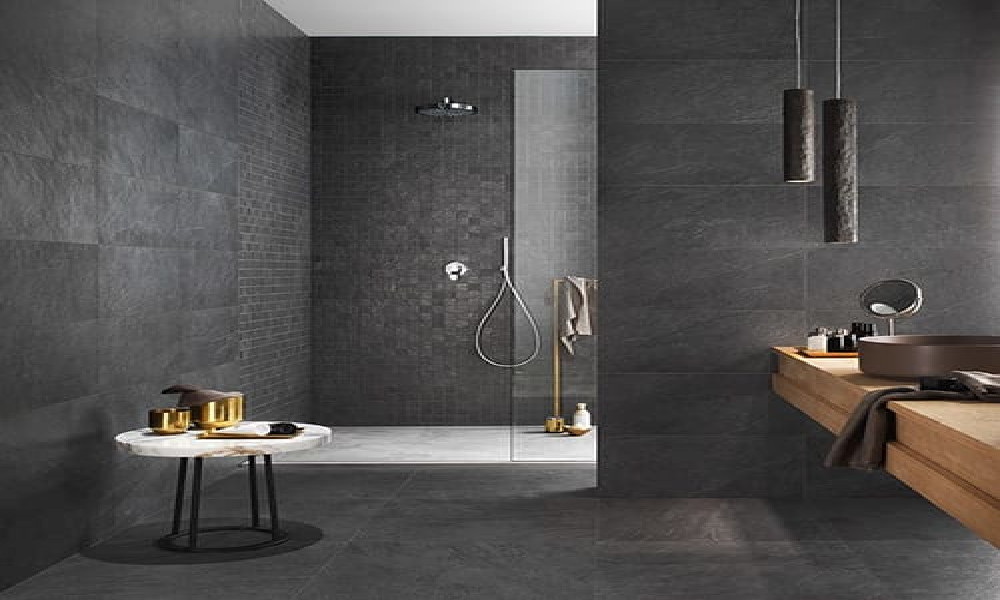
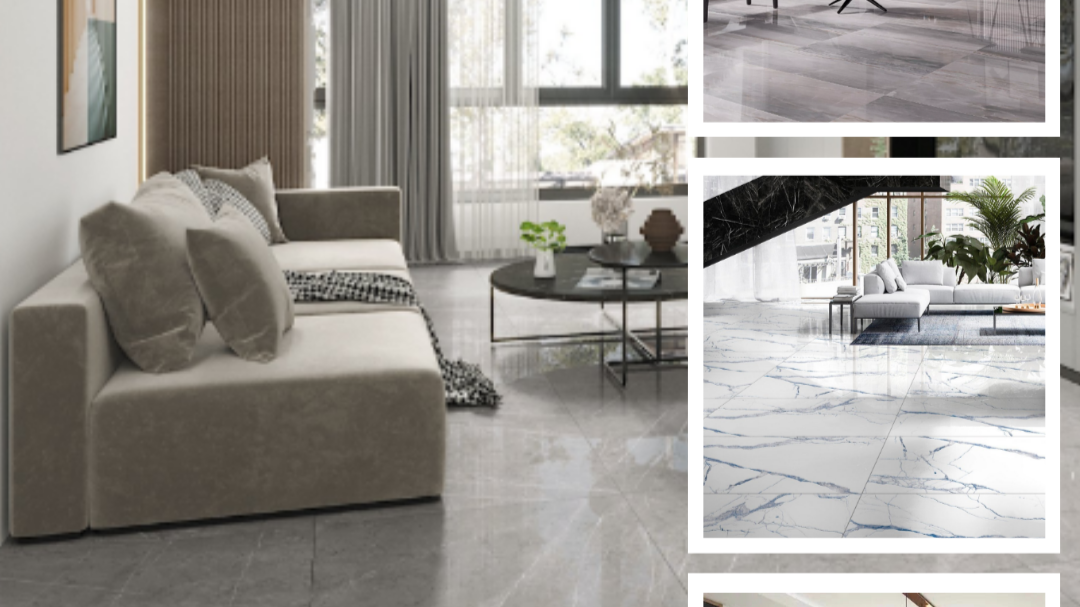
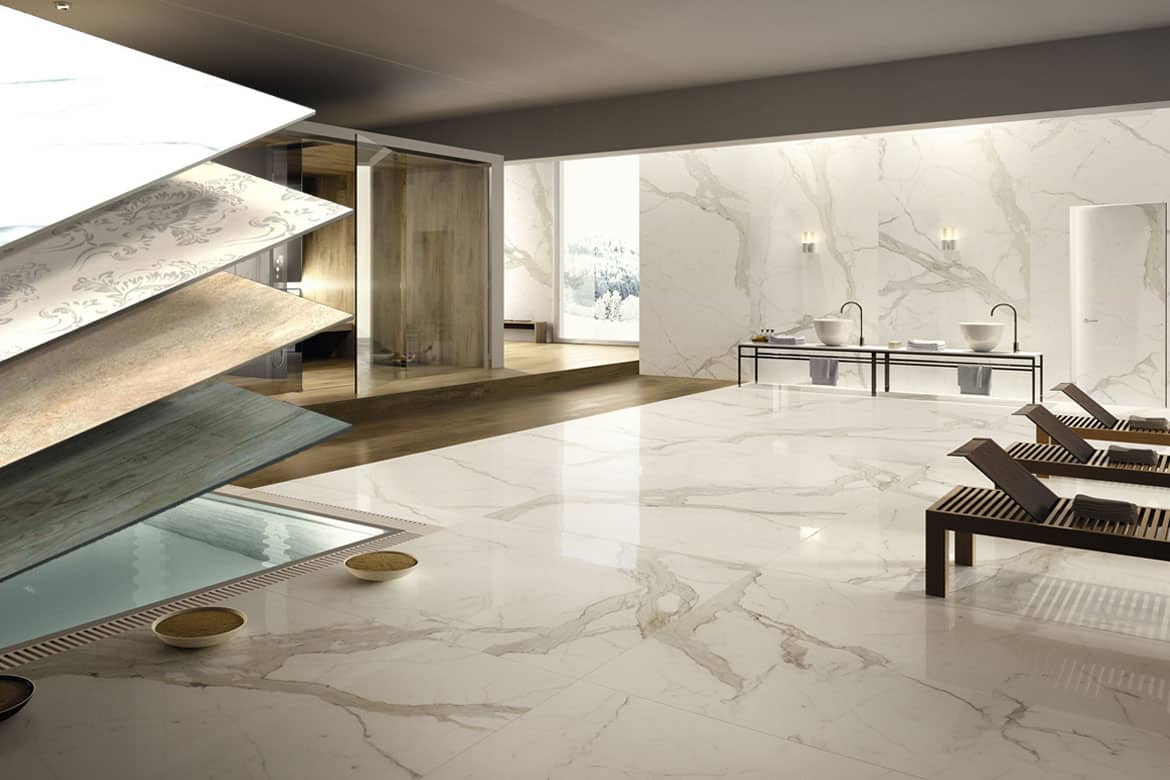
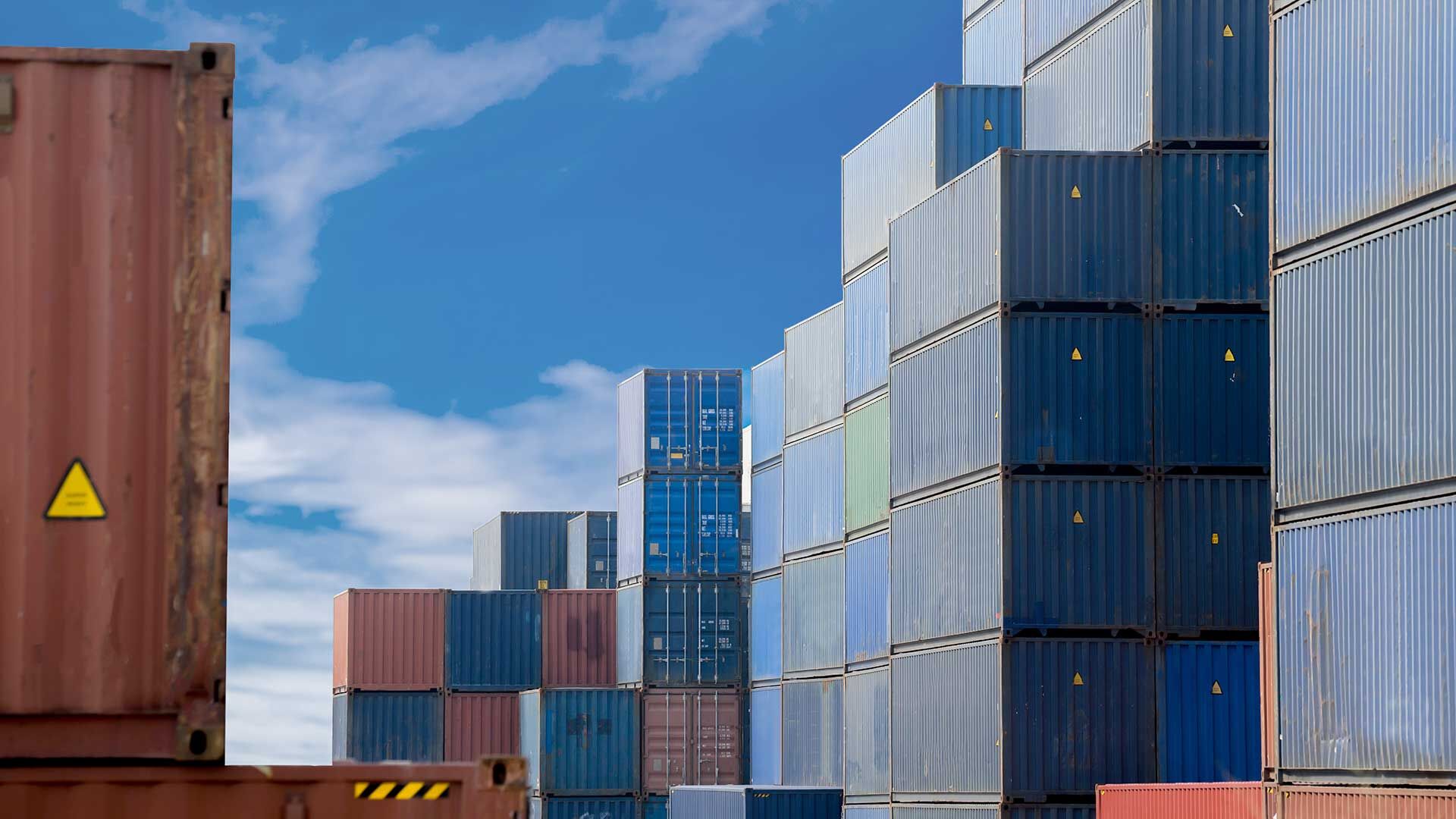
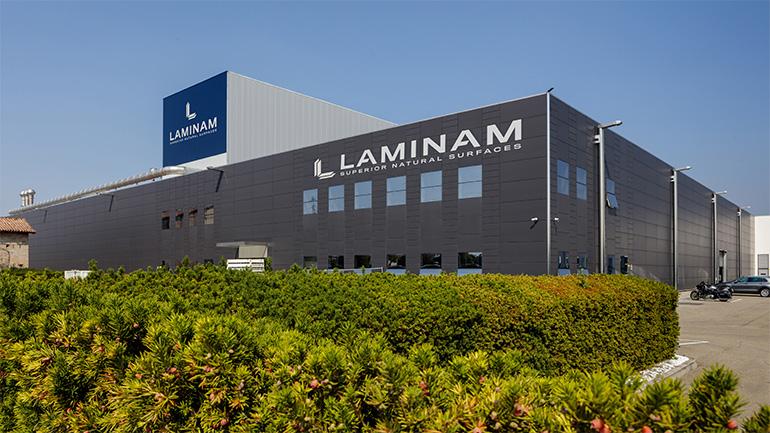
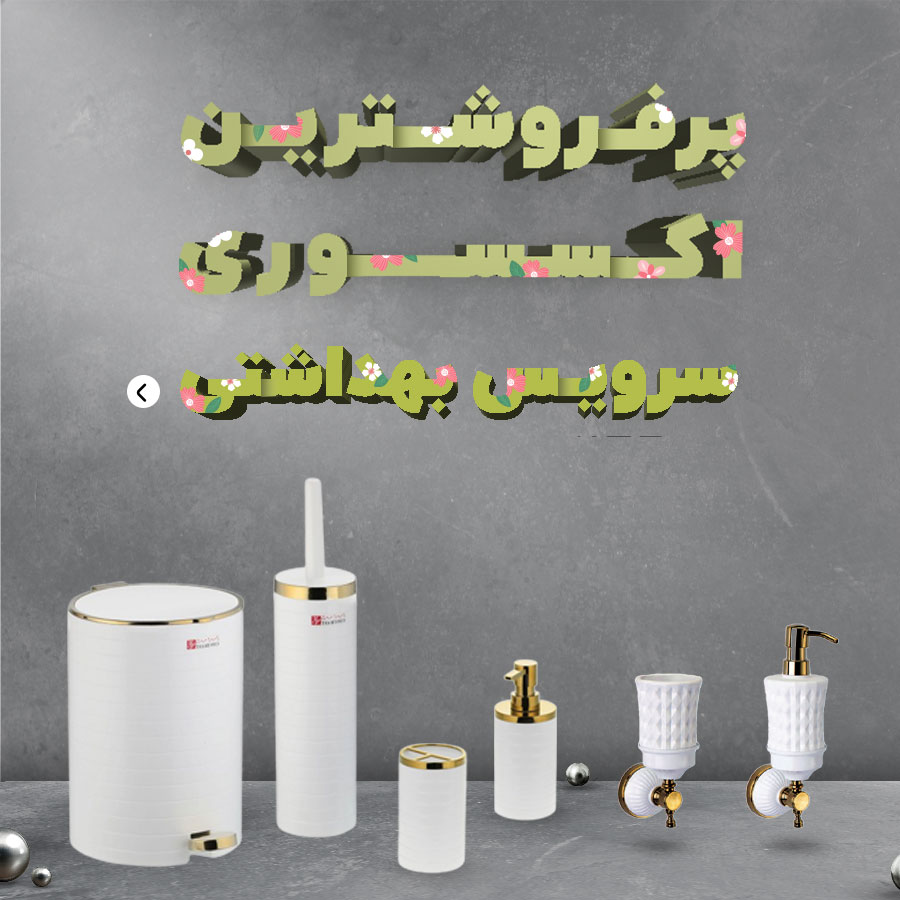

نظرات ۱